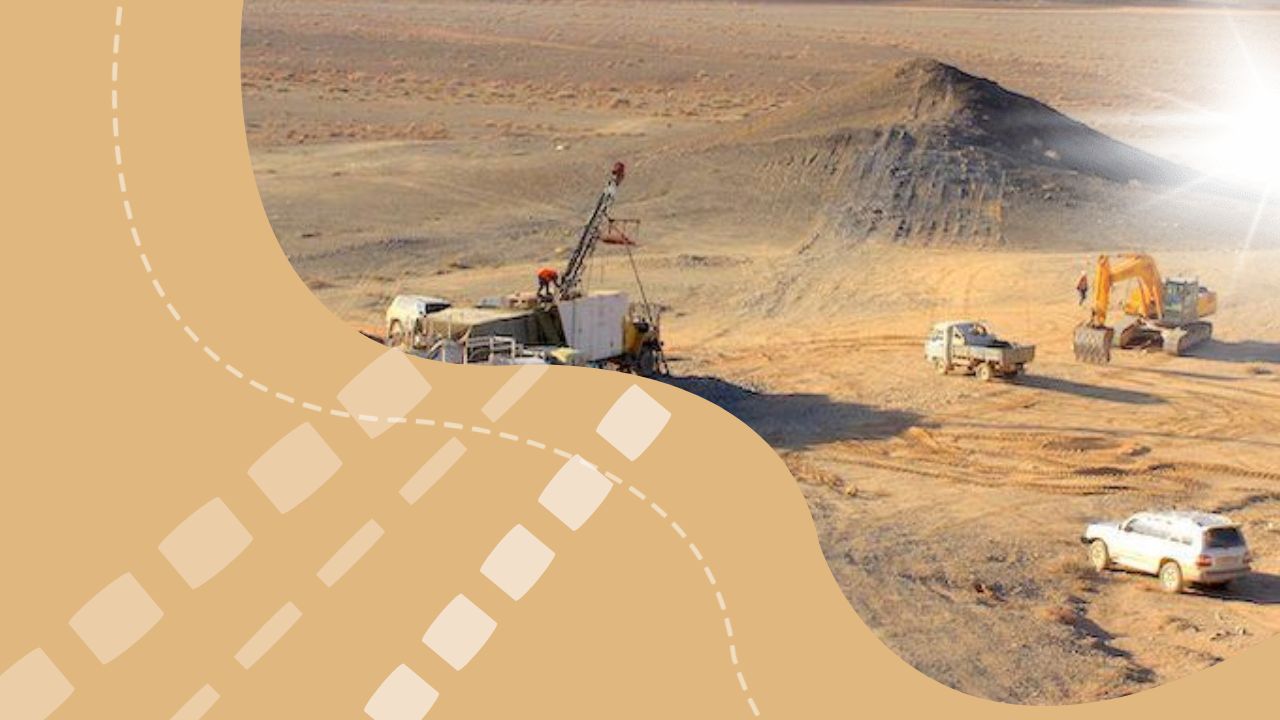Kazakhstan’s plans to construct modern coal-fired power plants could demand billions of dollars or trillions of tenge, according to Zhakyb Khairushev, Managing Director of the Atameken National Chamber of Entrepreneurs.
Speaking with LS, Khairushev assessed President Kassym-Jomart Tokayev’s directive to build innovative coal power plants in the country. He emphasized that these efforts aim to bolster energy security, ensure sustainable development, and integrate advanced technologies.
While these modern stations could enhance fuel efficiency and reduce emissions, they remain among the most carbon-intensive forms of electricity generation. According to Khairushev’s Telegram channel, Haırýshev energy, this complicates Kazakhstan’s ability to meet climate goals.
Additionally, these projects could lead to higher electricity costs, factoring in environmental payments and renovation expenses. Given the global shift toward decarbonization, Khairushev stressed the importance of evaluating both the economic feasibility and environmental impact of such projects.
The implementation of “green coal” technologies, including supercritical and ultra-supercritical (USC) steam systems with carbon capture, utilization, and storage (CCUS), could mitigate emissions. However, their construction is highly expensive. Initial investments in such advanced units could be 40-60% higher than traditional coal plants, with costs potentially reaching hundreds of millions or even billions of dollars for 500-1000 MW energy blocks.
Operating costs would also rise due to emission control systems, as well as CO2 transport and storage under CCUS, making electricity 30-50% more expensive compared to standard coal plants. Khairushev noted that state support and preferential financing mechanisms would be crucial for economic viability.
Replacing aging coal plants is a long-term process, taking 4-7 years per station and up to 20 years for full-scale replacement. However, Kazakhstan is already working on implementing USC technology at Ekibastuz GRES-2 and planning for GRES-3.
To accelerate modernization, Kazakhstan must develop a national energy infrastructure plan, attract investors, and localize equipment production. If executed efficiently, the first modernized coal plants could be operational within 5-7 years, with full coal sector modernization projected by 2040.
Khairushev highlighted the multiplier effect of clean coal projects, stimulating domestic engineering, attracting foreign technology partners, and creating regional jobs. The initiative could also reduce technological lag, foster local expertise, and strengthen Kazakhstan’s eco-technology market presence.
International development institutions and private investors could be drawn to such high-potential projects, increasing access to long-term financing. Additionally, reducing power outages would stabilize industrial production, lowering maintenance costs and improving Kazakhstan’s global competitiveness.

